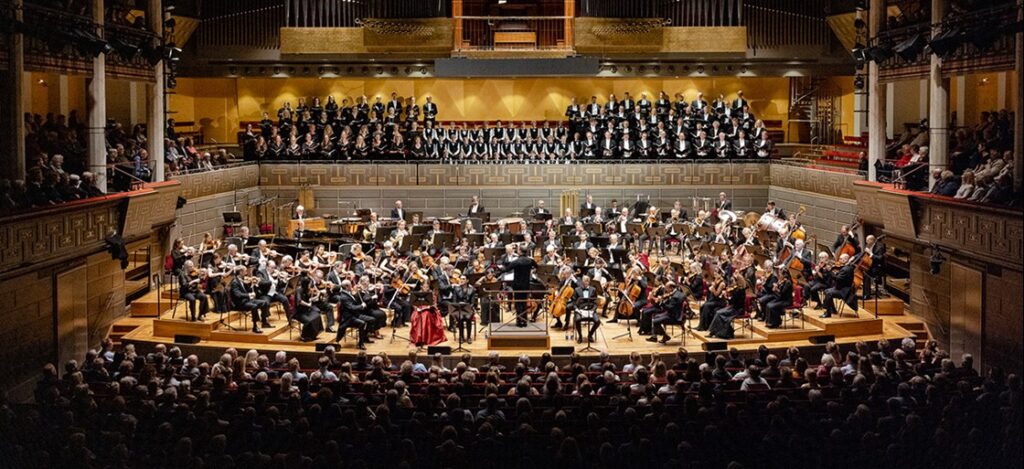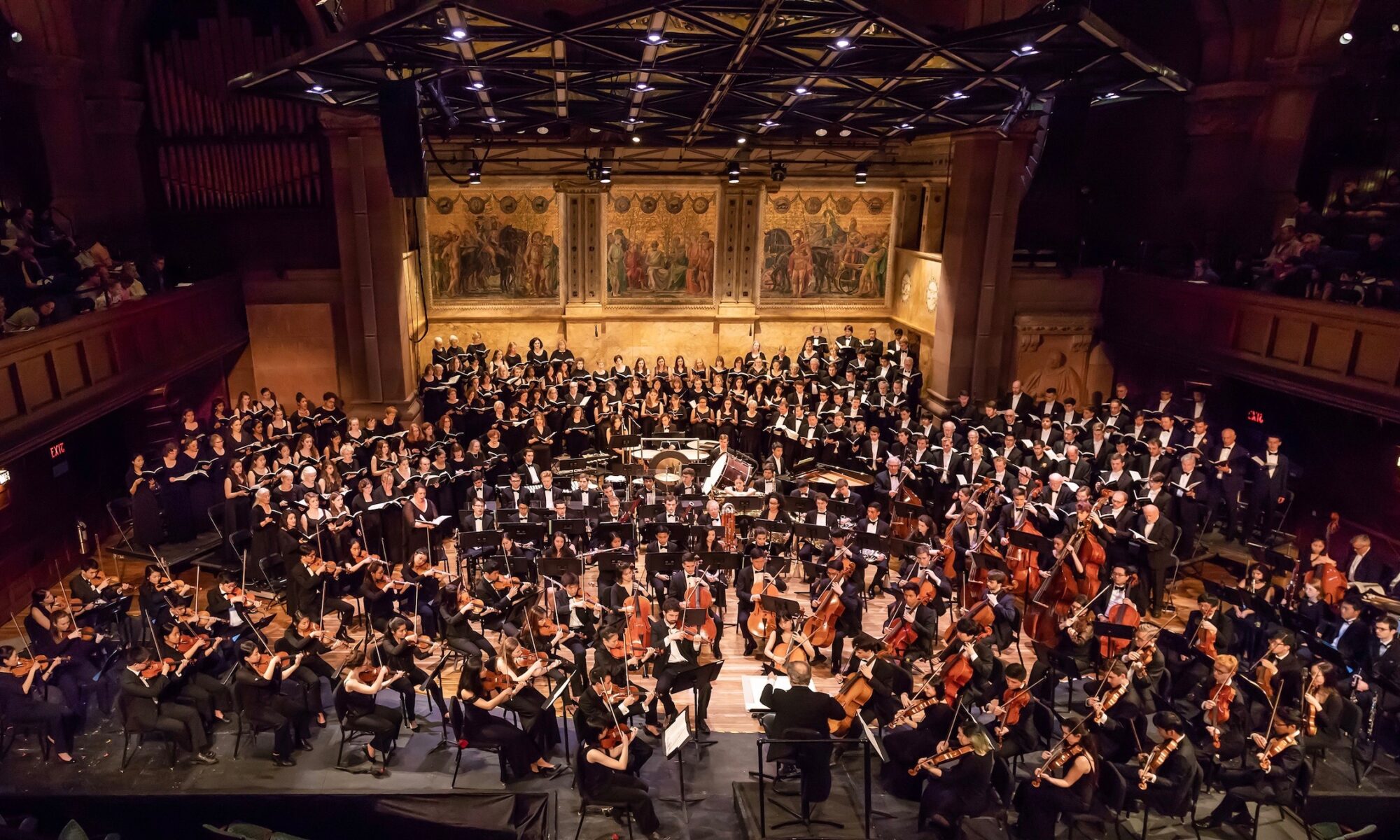At Filarmonia we always attach special importance to this term, but what is a symphony orchestra really? Where do its origins come from and what kind of instruments are it made up of? In this article we will help you understand its composition and clarify all doubts.
As a quick answer, an orchestra is a group of musicians who perform musical works on different instruments, although these may have their own characteristics. Therefore, this is all you need to know about orchestras in the world of music.
The evolution of the orchestra
Like a large part of the history that we know today, we began in ancient Greece and Rome, and it is that in them the space that is at ground level in the amphitheatres was called “Orchestra”. Later, in the Renaissance, the area that is positioned in front of a stage was called “Orchestra”, and that was used for different purposes.
That same space was the perfect place to situate the instrumentalists who accompanied the singers and dancers in the 17th century, and this is the reason why a century later the group of instrumentalists who positioned themselves together was known by that name. Since this decision, the history of the orchestra as a musical ensemble has changed over time, adding new instruments while others fell by the wayside.
The first European orchestras began accompanying theatrical shows for the courts and were very present at social events, one of the greatest entertainments of the time, gaining special relevance for this reason. These evolved from being made up of people who knew how to play instruments, to becoming an authentic profession, leading to the classical orchestra at the beginning of the 19th century and reaching the current ones and the professionals who compose them after their training.
Difference Between Philharmonic and Symphonic

Many people wonder what the difference really is between the two, and hesitate when they have to use one term or the other. The truth is that currently, both are used to refer to the same thing, and the real difference was marked in antiquity.
In the past, philharmonic orchestras were made up of groups of people who could play instruments but were not necessarily professionals, while symphony orchestras were sponsored for the professional training of their members. However, in practice they work in the same way, which is why the term ended up being unified later.
Some types of orchestra
The symphony or philharmonic orchestra are usually large, and they can even reach up to one hundred performers. On the other hand is the chamber orchestra, a term that can include all kinds of instrumental ensembles, but has a smaller size. In fact, the use of “chamber” refers to the room where this type of orchestra performed.
In addition, we can also find the Baroque orchestra, which was born at this time due to the technical perfection that bowed string instruments arrived at, such as the violin, viola, cello and double bass. It was made up of this section and the basso continuo.
Finally, you can find, in turn, the youth orchestra, made up mostly of students who are trained at the conservatory, and the orchestras for families of instruments, which specialize in a certain type of instrument, such as strings, winds, metals…
Musical instruments of the symphony orchestra
As we have already been commenting, an orchestra would be a large group of instrumentalists. While there are orchestras that specialize in a particular family of instruments, the term symphony/philharmonic orchestra refers to the ensemble of percussion, string, woodwind, and brass instruments. In this way, these four main groups are usually found:
- Percussion: Among them are the cymbals, timpani, the drum, the bells, the xylophone…
- String: In this section the violins (first and second), cellos, violas, double basses or harps agglomerate.
- Vientos or maderas: Flutes, oboes, clarinets, bassoons, etc.
- Brass: Here we can discover tubas, trombones, trumpets.
Orchestra director
The conductor of the orchestra has the main function of directing it or even contributing his part in the musical training of the participants. This not only keeps the time of the work and gives the input of the instruments so that they comply with his part, but also interprets the score, being able to give his particular vision, which makes a difference in the listening according to the person in charge.
Some of the most important symphony orchestras today
After this explanation and already knowing what a symphony orchestra is, all that remains is to go to one of their events and enjoy them live, to fully understand their magnitude. If you are from Madrid, we encourage you to delight yourself with the Philharmonic Orchestra, born in the year 2000 as the first and only professional symphony orchestra of an exclusively private nature and management at the moment. Over the years, he has given numerous concerts and performances in the main halls, highlighting his own Season at the National Music Auditorium. In this link you can find the concerts they currently offer and all the information about them.
Speaking now of the orchestras worldwide, we will tell you which are some of the most important symphony orchestras today, due to various factors that we will explain below.
Vienna Philharmonic Orchestra
It was founded in 1842 by Otto Nikolai and it has been directed by the best directors of each era, despite the fact that it has never had a principal director (but some have been especially linked to it). The selection process for its teachers is really complicated and its members are among the best in the world in their specialty.
Berlin Philharmonic Orchestra
He was born in Berlin in 1882 and has had among its headlines really relevant figures in the world of music, such as Hans Von Bülow, Sergiu Celibidache or Claudio Abbado, among others. His recordings are an obligatory reference and his concert venue is equipped with one of the best acoustics in the world. He has a great musical repertoire, it can even be said that he has his own personality that sets him apart from the others, string instruments being especially relevant.

Leave a Reply